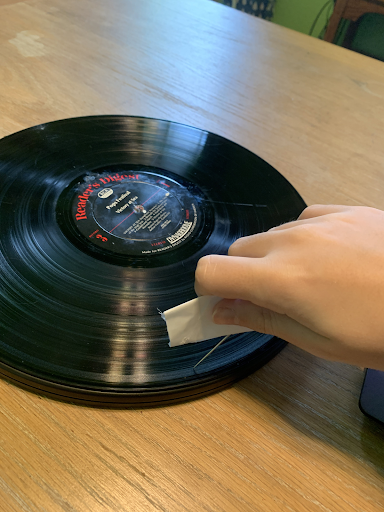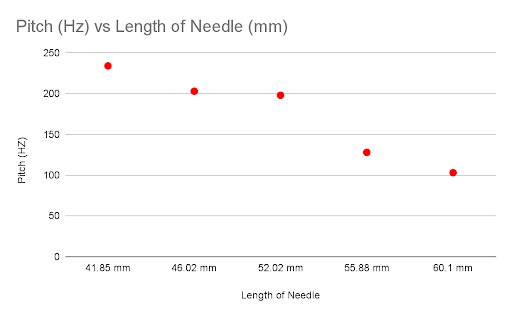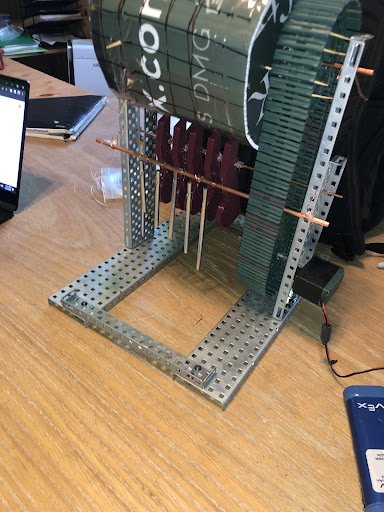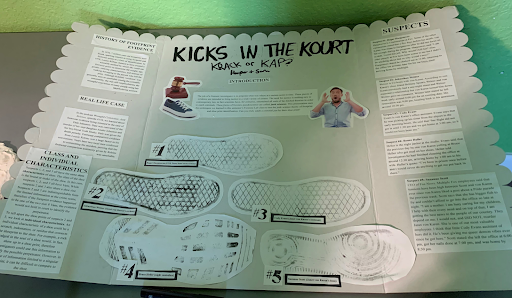Science at Appamada
Howdy, I’m Scott the science teacher! I started teaching at Appamada in January after ten years at a public school. I’m so glad I made the change, and I encourage anyone interested in alternative education to take a close look at Appamada. The positive and sincere vibe here is unlike anything I’ve ever experienced in the world of education. I’ll start with a summary of how last semester went, and then share a little bit about what we are working on this semester.
Last semester we offered 3 types of science classes for our junior high and high school students. Here’s some information about each one:
Junk Forensic Science explored different types of legal evidence which are accepted by judges but not by all scientists. The class was provided a list of topics from the Wrongful Conviction: Junk Science Podcast, and then voted on which topics they wanted to investigate this semester. They chose blood pattern analysis, shaken baby syndrome, and coerced confessions. For each topic, we first listened to the podcast about it and took notes. Then we collaboratively developed a guiding question based on the concepts presented in the podcast, and designed experiments which helped us to answer the guiding question. Students presented the results of their experiments to each other, made revisions, and then read portions of peer-reviewed scientific papers which address the same issues as the podcast. Finally, students compiled their learning into reports that incorporated all of these resources, allowing them to come to their own conclusions about the reliability and role of that evidence.
My favorite part of this class was the final project. We based the project on eyewitness testimony, which is often inaccurate and sometimes leads to wrongful convictions. We listened to the podcast, and then watched some psychological research videos that demonstrate the limitations of attention and memory. Students were then asked to write, film, and edit their own videos to educate others in our community about the inaccuracy of eyewitness testimony. We showed off the videos at a school-wide film festival on Expo Day. Here’s a link to the video that won the Outstanding Editing Award.
Physics in Harmony focused on the physics of sound waves, emphasizing experimental design. At the core of the course were waves and their properties (such as wavelength, frequency, speed, and amplitude). Sound waves are a specific type of wave – a compression wave (or longitudinal wave) which are often described with terms such as pitch (which is equivalent to frequency) and volume (which is equivalent to amplitude). Students mostly designed their own experiments and collected their data using measuring devices such as oscilloscopes and decibel meters. The final project was for students to design, construct, and measure the performance of an instrument.
One of my favorite projects in this class involved the exploration of sound recording. I brought in some old vinyl records and we found ways to play them without electricity. Here’s a picture of a student’s project and a graph of some data they collected:
I also loved the creativity and problem solving students used when building their final projects. One of my favorites was this “music box,” which used motorized robotics equipment (programmed by Owen), 3D-printed hammers (designed by Napa), a lot of hot glue, and tons of trial-and-error engineering. Their dedication and attention to detail were very impressive.
Forensic Lab Analysis allowed students to experience how forensic scientists analyze evidence collected at crime scenes. We started by learning about science in general – how does it differ from other ways of learning and knowing? What is the scientific method, and how should an experiment be designed? After establishing this baseline, we started to explore different types of evidence. DNA was first, since it is generally considered the most reliable indicator that someone was present at a crime scene. Fingerprints were next. How are they lifted? How are they compared and “matched” to one another? Finally, we spent some time learning about how controlled substances are categorized and identified. For each unit, we learned about the history of the evidence, performed hands-on labs, and completed a project to demonstrate overall learning & knowledge. Stories of real-life situations were woven throughout each unit. The final project provided students the opportunity to choose a type of evidence to study, then design their own experiment around it. Here’s Harper and Sara’s project, which was about footwear comparison evidence:
One thing I love about Appamada is that I get to design my own classes from the ground up. Based on students’ suggestions and votes, we ended up with the following classes for this semester:
Cultural Chemistry is focused on the study of atoms and their behavior through the lens of cultural issues and problems. We are currently finishing a project where students research & present information about historical conceptions of atoms from ancient Greece to today.
Disease Detectives is all about illness. We spent a few days differentiating between bacteria, viruses, and other microbes, and now we’re about to do a deep dive into viruses. I really enjoyed last week’s Socratic Seminar, where students compared modern and historical perspectives on disease.
To Infinity and Beyond is an astronomy class. This week, students have been presenting their projects on ancient cultures’ astronomical tools, observations, and ideas. Our next project will be to design and build sundials. There’s a lot to look forward to in this class, but the thing I’m most excited about is our star party field trip later this semester!
Thanks for reading, and feel free to reach out if you have any questions about the Appamada science





